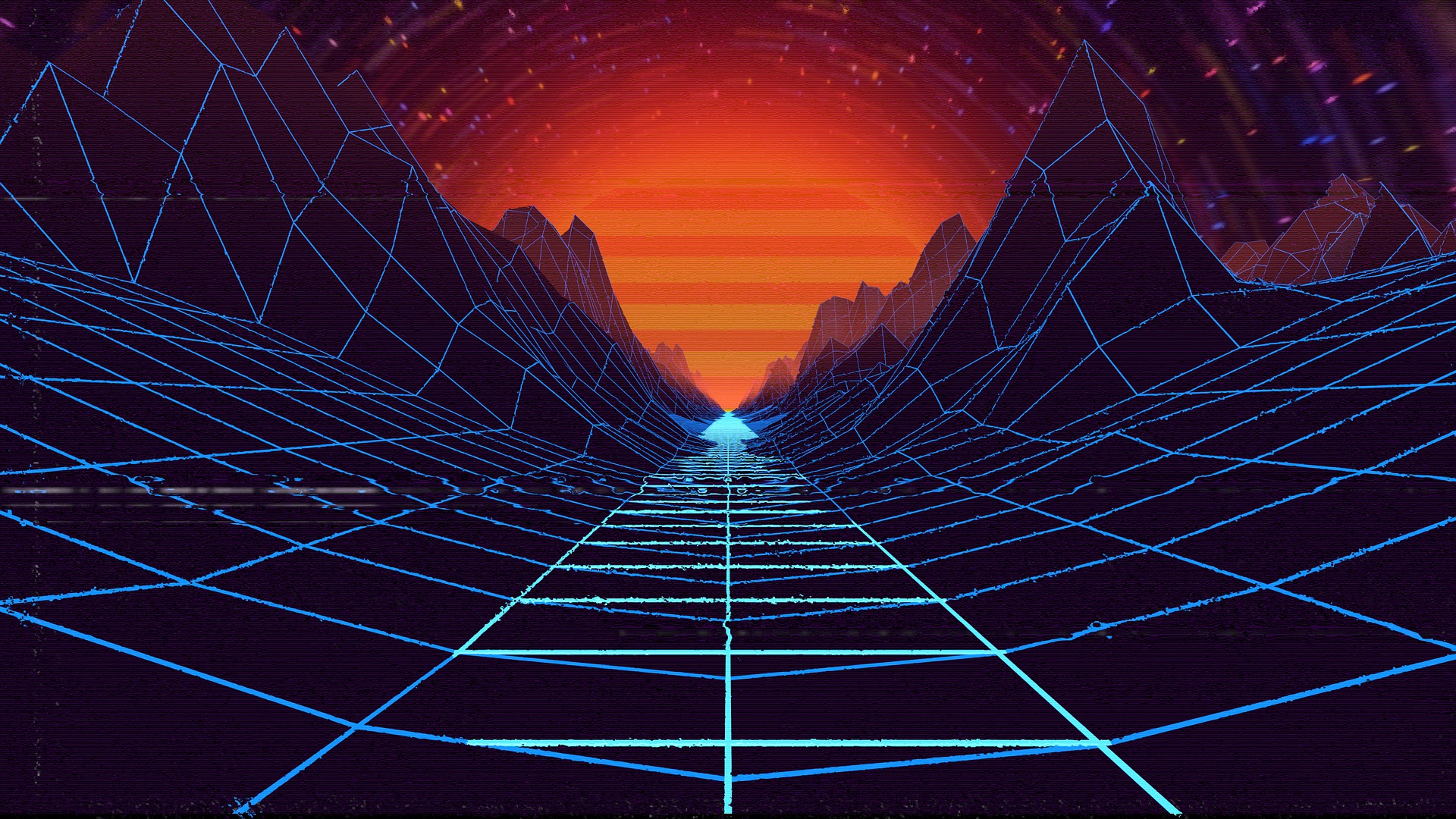What you should know about the past of QuickTime VR.
QuickTime 1.0 was first released in 1992. In 1994 the Windows friendly version QuickTime 2.1 followed, which together with QuickTime VR 1.0 could play panoramas and 3D configurators in a discrete QTVR player or in a browser plugin for Netscape Navigator.

In Quicktime 2.5, with an updated QuickTime VR 2.0, these elements were integrated to create a free universal VR player. Here one can already speak of interactive media.
So the player was free, but to create this interactive multimedia, you needed the QuickTime VR Authoring Tools Suite, which consisted of 2 huge folders, a video and many floppy disks. There was no GUI, you had to write code in MPW 3.2 and use Hyper Card and ResEdit. This tools suite cost €2,000 and could only run on a €4,000 Apple computer. Despite regular crashes and a long learning curve, everything worked.
It should be remembered that there was no broadband, only modems that worked at a fraction of the speed, and that digital cameras were still in their infancy, so most projects had to be digitized from film, often with a photo CD.
At the end of 1997, QuickTime VR 2.0 Authoring Studio with a full GUI and batch mode was released for €500, bringing VR into the mainstream. The authoring tools produced cylindrical panoramas, object films and tours with internal and external links. For many years this program was the standard panorama maker, despite later competition from RealViz Stitcher, Powerstitch and VR Worx.
Quicktime has been constantly updated, although QuickTime 4.1 has renumbered all its hotspots, so you never really went where you intended. At the same time, other panorama players appeared, unfortunately also the litigious Interactive Pictures Corporation (IPIX), which threatened to sue anyone who sold software for creating 360-degree panoramas, including software developer Helmut Dersch and PhotoVista from Live Picture. IPIS, which charged $25 per panorama, was to go bankrupt with its own patent infringement in 2006.
Apple supported QuickTime VR with special showcase pages and a lively Apple QuickTime VR mailing list. The flexibility of QuickTime VR enabled the creation of true multimedia experiences. These two huge volumes of the Quicktime Developer series illustrate the potential of this technology.
Perhaps inspired by Helmut Dersh’s Panorama Tools, in 2001 QuickTime 5 introduced the spherical (360ºx180º) panorama player we know today. At that time, QuickTime supported mp3, Flash 4, streaming and “wired” movies. These wired movies enabled an authoring application to unlock the power of QuickTime, the best example being Livestage Media Pro, which allowed you to skin QuickTime and interactively integrate various media and players. Unfortunately, this example no longer works as it did in 2004-2015.
With the advent of the spherical panoramas, new software appeared such as PTMac, IBM Hot Media, Cubic Converter, PhotoWarp and finally PTGui, the current stapler of choice. Apple never updated QTVRAS (QuickTime VR Authoring Studio) to style spherical images or run it in OSX, except in emulation.
In the early days of QuickTime VR, a lot of effort was put into convincing PC owners to download QuickTime so they could watch the media. This problem disappeared after Apple launched iTunes in 2001 (after purchasing Soundjam) and QuickTime became the actual music player. It all looked rosy, but looking back, Apple lost interest in QuickTime VR at the time and now iTunes can no longer play interactive media.
With the release of QuickTime 7 in 2005, Flash support in version 7.3 along with several other interactive features was discontinued due to security concerns, destroying many interactive projects. In the same year, a very smooth OpenGL panorama player called Cubic Navigator was released with the latest graphics technology, but Apple didn’t respond. Since QuickTime 7.5 in 2008, the feature set has not been updated, apart from security and compatibility updates, QuickTime 7.6 is now an “optional installation” on Apple computers. Remember that Quicktime 7 in the Pro version (€30) is a very powerful and flexible movie editor and compressor that uses the same codecs as Final Cut Pro Studio (€1,700).
In 2009, with the introduction of QuickTime X, Apple abandoned support for QuickTime VR, although it claimed it was “ideal for any application that needs to play media content” and that it “would evolve modern media and Internet standards”. They gave the multimedia staff to Flash, their supposed opponents. Apple’s final answer was an HTML5 player that was an insult to QuickTime VR. It was a shameful end to the technology that Apple had promoted so much.
So try it today, it might be possible in Flash with KRPano, but in 1999 we had a cool GUI in SoundaVR to edit the several overlapping loops. This panorama, only 1.2 MB in size so that it could be transmitted via a modem, was a great success at MacWorld 1999.
I hope we could give them a brief introduction to the past of QuickTime VR. If you have any comments or questions, please feel free to contact our experts in our forum.
Thank you very much for your visit.